20 People Who Have a Knack for Home Transformations

April 14, 1912. The Titanic crashed into a huge iceberg and sank. Yep we’ve covered that. But what if this time we use the ice to bring the ship to the surface? This requires several thousand feet of wire mesh and a lot of liquid nitrogen. Our goal is to put the Titanic in a huge block of ice that will raise the ship to the surface.
To do this, you need to wrap the wreck in the wire mesh and cover it with liquid nitrogen. The first problem you face is the inability to wrap the ship completely. You need to somehow lift the ship a little to put the mesh under it. Let’s say that by some miracle you manage to do so.
Next, you need to transport hundreds of large tanks of liquid nitrogen. You’re underwater, opening the tanks and... it’s so cold that the icy water of the Atlantic Ocean looks like it’s boiling. The nitrogen just sizzles, dissipates, and certainly doesn’t create a block of ice around the mesh.
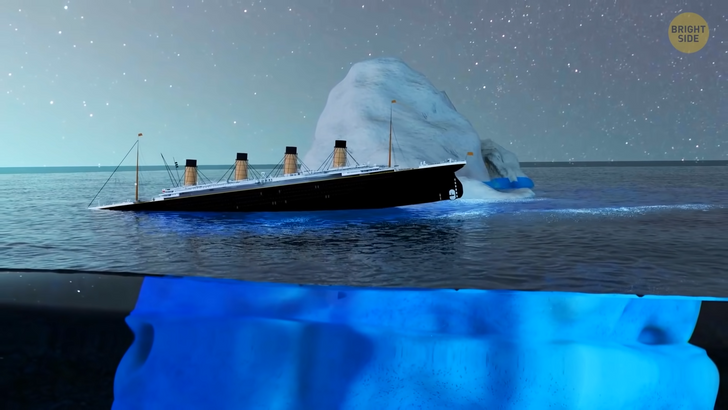
New attempt: raise the Titanic with the help of huge magnets. For this, you’ll need a large cruiser and some powerful magnets. You attach thick cables to the magnets and lower them to the bottom. Bright projectors illuminate the black ocean depths.
Parts of the wreck are visible. The magnets descend lower and cling to the iron hull of the ship. The cruiser pulls the cables and magnets up. Some of them detach from the Titanic, as the iron surface is covered with reefs and corals.
Some parts of the wreck break away from the ship and rise. The power of the cruiser is not enough, one of the cables is torn. Not only the weight of the individual parts of the Titanic, but also the colossal water pressure interferes with the operation. The sunken ship can’t be raised completely, only its small parts.
In reality, there has already been an attempt to raise the Titanic in parts. The $5 million operation failed. Nylon slings were attached to a large part of the wreck. The other ends of the slings were connected to the diesel engines. For the entire operation, they used a mini-submarine.
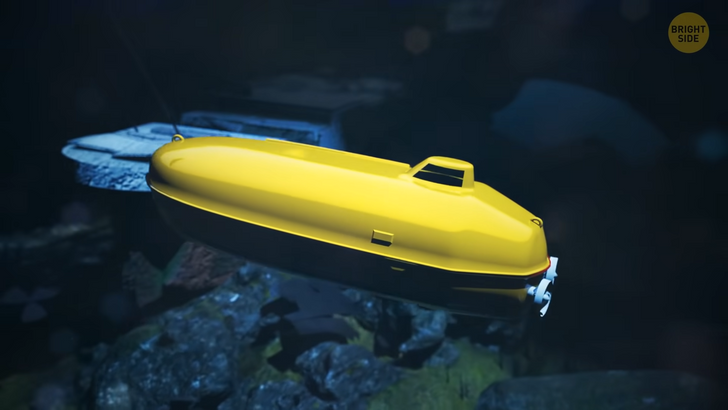
A piece of the Titanic weighing 21 tons was pulled up, but one of the slings broke because of the strong water pressure. Then, one by one, the other cables began to snap, and a huge piece fell back to the seafloor. By this time, all the participants of the rescue operation had run out of food supplies, and it was far from the nearest shore, so they decided not to make a second attempt.
A book was written, and a movie was made about how the Titanic was lifted with compressed air. In reality, no one even attempted this operation. To do this, you’d need several hundred large cylinders of compressed air. At first, you install them inside the Titanic’s hull and wait for them to pull the ship to the surface.
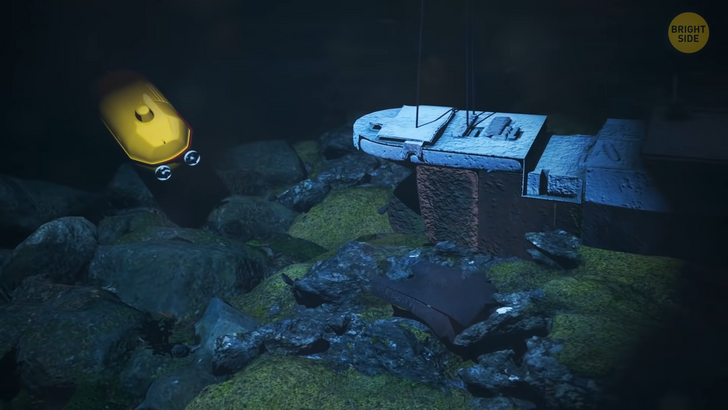
As soon as you lower the cylinders under the water, they immediately float upwards. This greatly complicates the operation. You need to fasten the cylinders with cables and pull them down to the bottom using a powerful submarine, or better yet, several of them. Because of the high pressure, the cylinders might burst. In this case, the blast wave would hit other cylinders and provoke a catastrophe. Too expensive and unsafe.
The most expensive and complex plan to raise the Titanic is probably the one where scientists somehow extract hydrogen and oxygen from the ocean water. Then, these extracted elements must fill special containers. Those containers are attached to the ship and the Titanic would rise to the surface.
Even if you extract oxygen and hydrogen from millions of tons of water, the rest of the ocean water will replace it. A machine that will be capable of such filtering should cost billions of dollars. Or you can come up with a chemical element that will use a chain reaction to purify all the water. In this case, the entire World Ocean will be left without vital oxygen.
Someone once suggested blowing up the Titanic. You’ll need to lower several boxes of dynamite to the ocean floor. The boxes must be completely sealed to prevent the dynamite from getting wet. Next, you need to run several miles of wire conducting an electric current to them. Once all this is done, you sail to a safe distance.
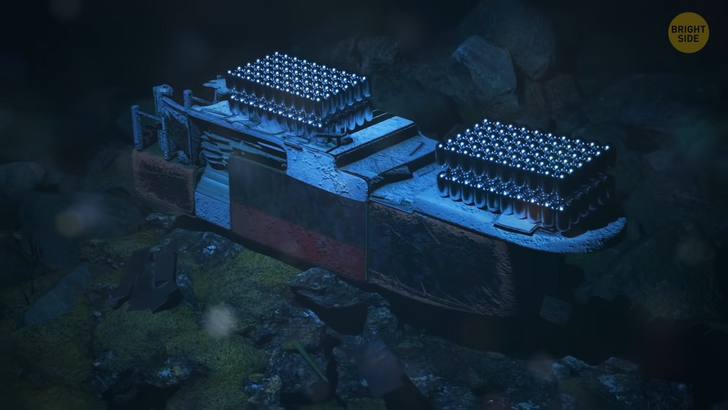
Now, you’re going to press the button to pass the current through the wire and activate the dynamite. 3, 2, 1... stop. Why would you do this? Even if it works, the wreckage of the Titanic will be scattered in all directions on the seabed. It will be impossible to lift the Titanic from the ocean.
Imagine a huge hook that can fetch the Titanic and lift it from the bottom like a fish. This hook must be huge to pick up a sunken ship. Let’s say you created it. Next, you’re on a huge cruiser sailing up to the crash site and lowering the hook down like an anchor. It falls right on the Titanic, but doesn’t cling to it.
You need special equipment to attach a bus-sized hook to the Titanic. It would include a huge submarine with mechanical arms. To build such a device and make it work under enormous pressure is already next to impossible. But let’s say, you finally manage to hook the Titanic. It’s then you realize the cruiser doesn’t have enough power to lift the ship weighing more than 50 tons and the hook that adds about 10 tons more. To complete your task, you’ll need a few more cruisers and a few extra million dollars.
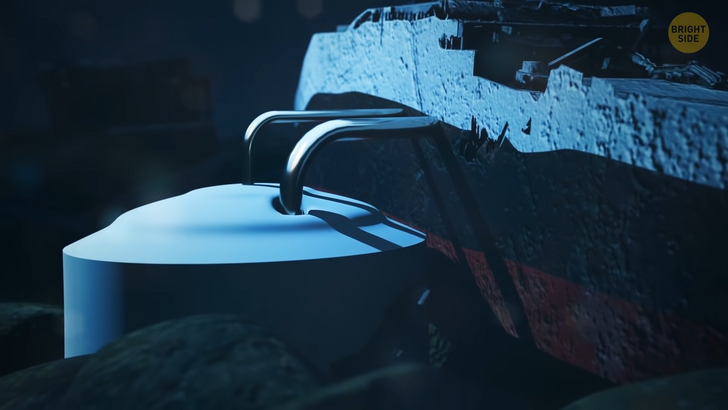
Hmm. Once hot wax cools, it hardens and floats on the water surface. What if we deliver it to the ocean floor and pour it inside the Titanic? This may work, given that wax is not an expensive material. So, you melt the wax, pour it into strong tanks, and pull them to the bottom with the help of a submarine. The tanks can withstand enormous pressure, and the submarine has enough power to lower the wax to such a depth.
The containers are placed inside the Titanic. Through the remote control, you open the containers, but the wax doesn’t pour out. The deeper you go, the colder the water gets. While you were delivering the containers to the ship, the wax was cooling down and getting solid inside. Several containers are pressed against the top of the ship, but it’s not enough to lift the Titanic. Other containers simply float away to the surface.
And even if the containers were thermostatic and kept hot inside all the time, once released, the wax would solidify in an instant. There’d just be no time for it to spread and cover the Titanic from within, so it would just float up as well. You fill several large and sturdy bags with vaseline.
This substance acts just like wax in the cold: it gets solid and floats. You want to put bags all over the Titanic and just wait for the vaseline to bring it up. You load the bags into the submarine and descend to the seafloor. Some parts of the ship can’t be reached because of the clinging corals.
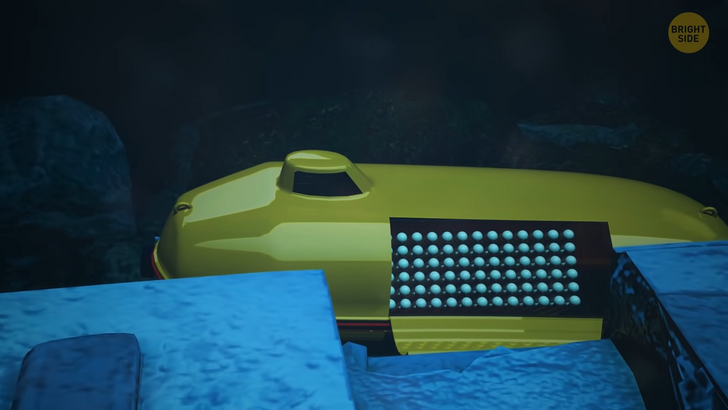
You decide to unload all the bags in one place. But, as soon as you take the vaseline out of the submarine, the bags tear due to the strong pressure. Solid pieces of vaseline float up, pushed by the water. Mission failed.
The craziest idea is to fill the Titanic with millions of Ping-Pong balls. Small plastic balls filled with air should push the ship to the surface. But as soon as you start to lower them to the bottom, the plastic immediately flattens and all the air from the balls pops out. You can deliver the balls inside a submarine, but when you put them inside the Titanic, the pressure will crush them again.
Also, you can create balls made from strong ultralight material and fill them with air. In this case, you will need much more money. As soon as you put the balls inside the ship, some of them will immediately slip through the holes in the ship, and the remaining ones won’t be enough to lift the wreck weighing more than 50 tons from the bottom.
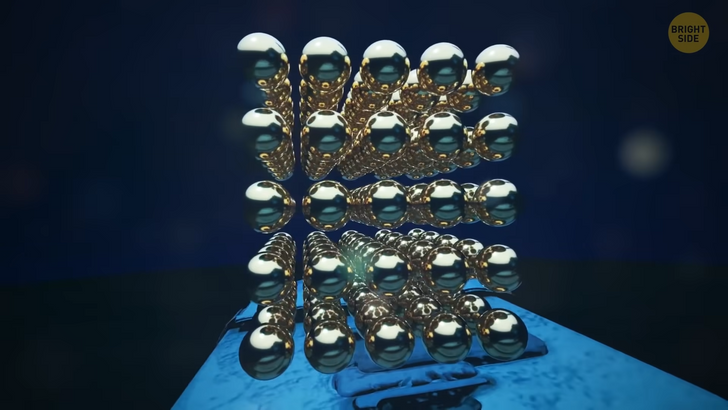
Well, to study the Titanic, you don’t need to go down to the ocean floor. On the Internet, you can find a detailed 3D map that shows the wreck site, as well as the ship itself on the seabed.
To get a realistic picture of the Titanic, researchers used sonar technologies and underwater robots, which took more than 10,000 pictures of the sunken ship. So what do you think? Leave it alone? Yeah, me too.











